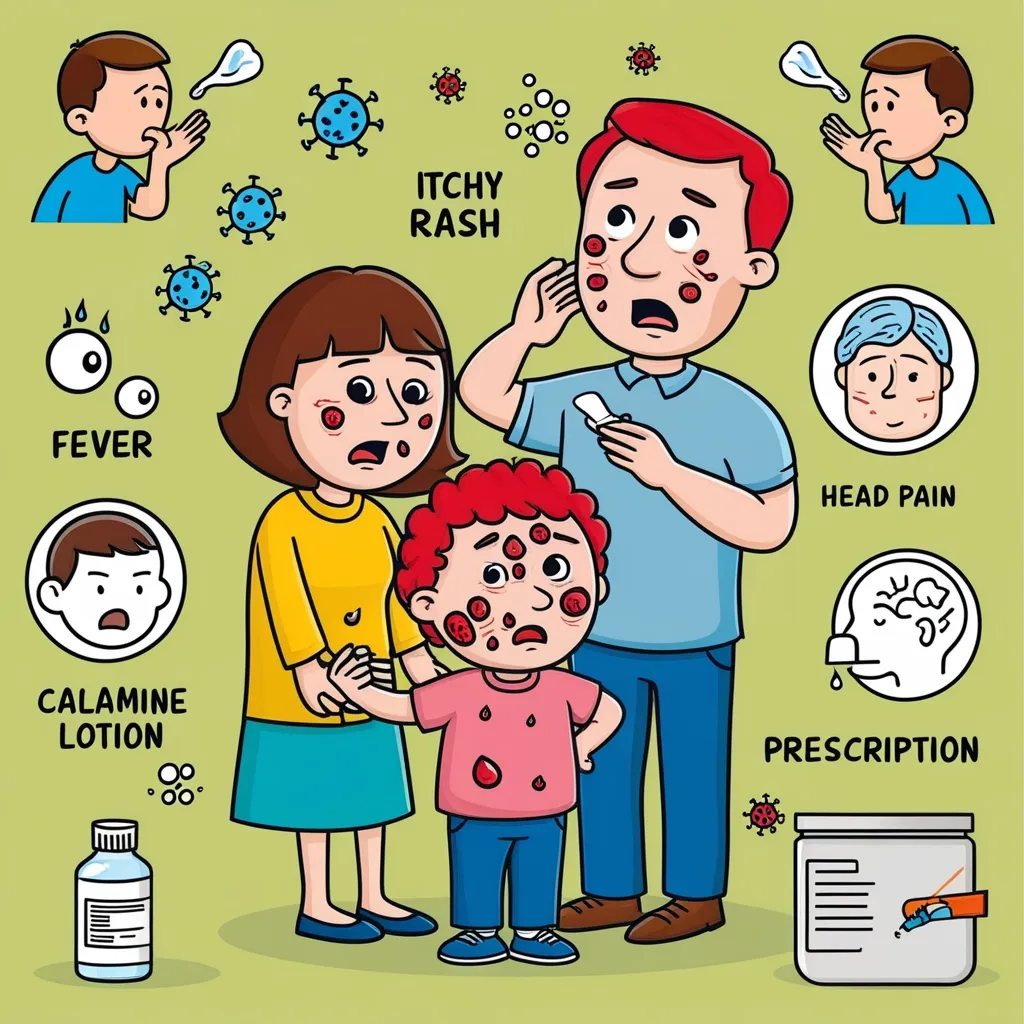Chronic pain is a beast that plagues millions of people worldwide, turning everyday activities into Herculean tasks. But here’s the thing - you don’t have to rely solely on pills and traditional treatments to tame this monster. There’s a whole world of alternative therapies out there that can help you reclaim your life from the clutches of persistent pain.
Let’s dive into some of these alternative approaches that are changing the game for chronic pain sufferers. These aren’t just quick fixes; they’re pathways to a more holistic, balanced way of managing pain and improving overall well-being.
Acupuncture: Tiny Needles, Big Relief
Imagine finding relief through the gentle prick of a needle. That’s the magic of acupuncture. This ancient Chinese practice isn’t just some new-age fad - it’s backed by science. Those tiny needles stimulate specific points on your body, triggering your brain to release pain-fighting chemicals. It’s like hitting the reset button on your pain sensors.
I once met a guy who swore by acupuncture for his chronic back pain. He went from barely being able to tie his shoes to playing tennis again. It’s not a miracle cure, but for many, it’s pretty darn close.
Hypnosis: Mind Over Matter
Now, don’t roll your eyes just yet. Hypnosis isn’t about swinging pocket watches or making you cluck like a chicken. It’s about tapping into the incredible power of your mind to manage pain. Through guided relaxation and focused attention, you can actually change how your brain perceives pain.
Think about it - have you ever been so engrossed in a movie that you forgot about your aching back for a while? That’s a bit like what hypnosis does, but on a deeper, more lasting level.
Tai Chi and Yoga: Moving Meditation
If you’ve ever watched people doing tai chi in the park and thought it looked too gentle to be effective, think again. Both tai chi and yoga are like secret weapons against chronic pain. They combine slow, deliberate movements with deep breathing and meditation, creating a powerful trifecta for pain relief.
These practices aren’t just about stretching - they’re about reconnecting with your body, improving flexibility, and building strength in a way that doesn’t aggravate your pain. Plus, the meditative aspects can help calm your mind, reducing stress that often exacerbates chronic pain.
Biofeedback: Your Body’s Dashboard
Imagine having a dashboard for your body, showing you exactly what’s going on inside. That’s essentially what biofeedback does. It gives you real-time information about things like your heart rate, muscle tension, and even brain activity. Armed with this info, you can learn to control these bodily processes and manage your pain more effectively.
It’s like learning to drive a car. At first, it seems overwhelming, but with practice, you start to intuitively know how to adjust and respond to keep things running smoothly.
Massage: More Than Just Pampering
Let’s be clear - massage isn’t just a luxury for spa days. For chronic pain sufferers, it can be a crucial part of pain management. A good massage therapist can work out knots and tension you didn’t even know you had, bringing relief to areas that have been crying out for attention.
But it’s not just about the physical manipulation of muscles. The power of touch itself can be incredibly healing, releasing feel-good hormones and reducing stress levels.
Chiropractic Care: Aligning for Relief
Chiropractors are like mechanics for your body, especially your spine. Through careful adjustments, they can help realign your body, taking pressure off nerves and reducing pain. It’s particularly effective for back pain, neck pain, and headaches.
I remember talking to a woman who had suffered from migraines for years. After a few sessions with a chiropractor, she found her headaches becoming less frequent and less severe. It wasn’t an overnight miracle, but it made a world of difference in her quality of life.
Mind-Body Techniques: The Power of Thought
Our minds are incredibly powerful tools, and mind-body techniques like mindfulness meditation and guided imagery tap into this power. These practices help you focus your thoughts, reduce stress, and change your perception of pain.
Guided imagery, for instance, might involve visualizing your pain as a ball of light that’s gradually dimming. It sounds simple, but the effects can be profound. Many people find that these techniques not only help with pain but also improve their overall mood and outlook on life.
Physical Therapy: Tailor-Made Movement
Physical therapy isn’t just for recovering from injuries. For chronic pain sufferers, it can be a lifeline. A good physical therapist will create a program tailored to your specific needs, helping you build strength, improve flexibility, and learn how to move in ways that don’t exacerbate your pain.
It’s like having a personal trainer who understands exactly what your body needs to function at its best, despite chronic pain.
TENS: Electrical Pain Relief
TENS, or Transcutaneous Electrical Nerve Stimulation, might sound a bit sci-fi, but it’s actually a simple and effective pain relief method. It involves using a small device to send mild electrical pulses through your skin to interfere with pain signals.
Think of it as creating a bit of static on the pain frequency your body is broadcasting. It can be particularly helpful for conditions like arthritis or nerve-related pain.
Cognitive Behavioral Therapy: Rewiring Your Brain
Chronic pain isn’t just a physical issue - it has a huge mental component too. That’s where Cognitive Behavioral Therapy (CBT) comes in. This type of therapy helps you identify and change negative thought patterns and behaviors related to your pain.
It’s like learning a new language - the language of positive pain management. With practice, you can change how you think about and respond to pain, which can have a significant impact on how you experience it.
Herbal Remedies and Supplements: Nature’s Medicine Cabinet
Mother Nature has some pretty powerful pain-fighting tools up her sleeve. From turmeric’s anti-inflammatory properties to the joint-supporting glucosamine, there’s a whole world of natural remedies to explore.
But here’s a word of caution - just because something is natural doesn’t mean it’s harmless. Always chat with your doctor before starting any new supplement regimen, especially if you’re on other medications.
Integrating Alternative Therapies: The Best of Both Worlds
The beauty of alternative therapies is that they don’t have to be an either/or proposition with conventional medicine. In fact, they often work best when used in conjunction with traditional treatments. It’s about finding the right mix that works for you.
Maybe acupuncture helps manage your day-to-day pain, while you keep pain medication on hand for flare-ups. Or perhaps a combination of physical therapy and mindfulness meditation becomes your go-to pain management strategy.
The Future of Pain Management: A Holistic Approach
As we learn more about chronic pain and how to manage it, the line between alternative and conventional therapies is blurring. More and more, healthcare providers are recognizing the value of a holistic approach to pain management.
The future of pain management isn’t about choosing between conventional medicine and alternative therapies - it’s about integrating the best of both worlds to create a personalized pain management strategy that works for you.
Living with chronic pain is tough, there’s no doubt about it. But with these alternative therapies in your toolbox, you’ve got more options than ever to take control of your pain and improve your quality of life. Remember, what works for one person might not work for another, so don’t be afraid to experiment and find your own unique path to pain relief.
The journey to managing chronic pain is just that - a journey. It’s about small steps, daily victories, and gradually reclaiming the life you want to live. With persistence, patience, and the right combination of therapies, you can turn down the volume on your pain and turn up the volume on living your best life.






